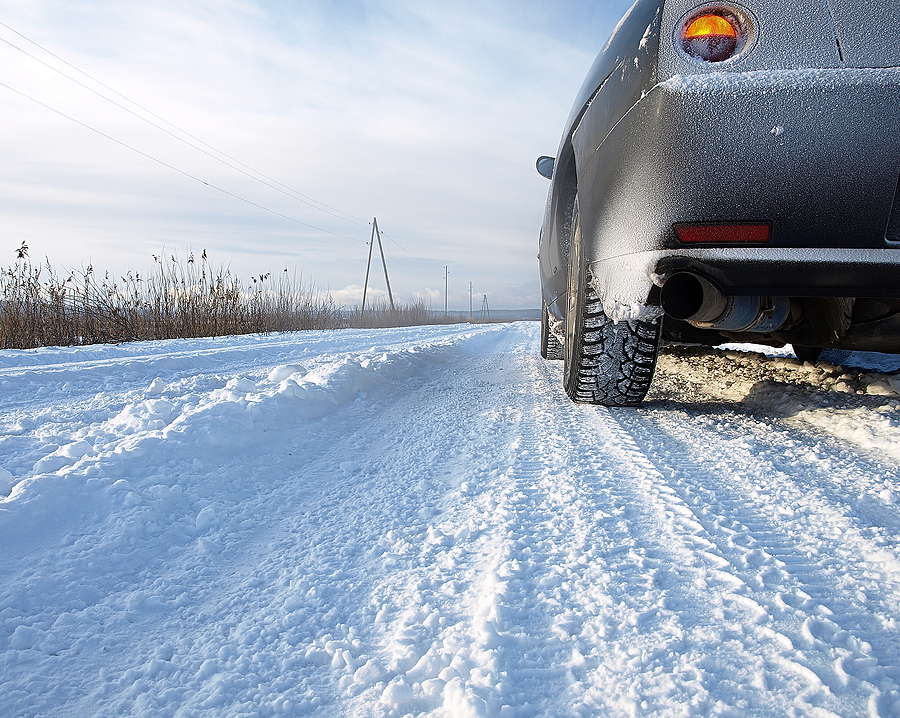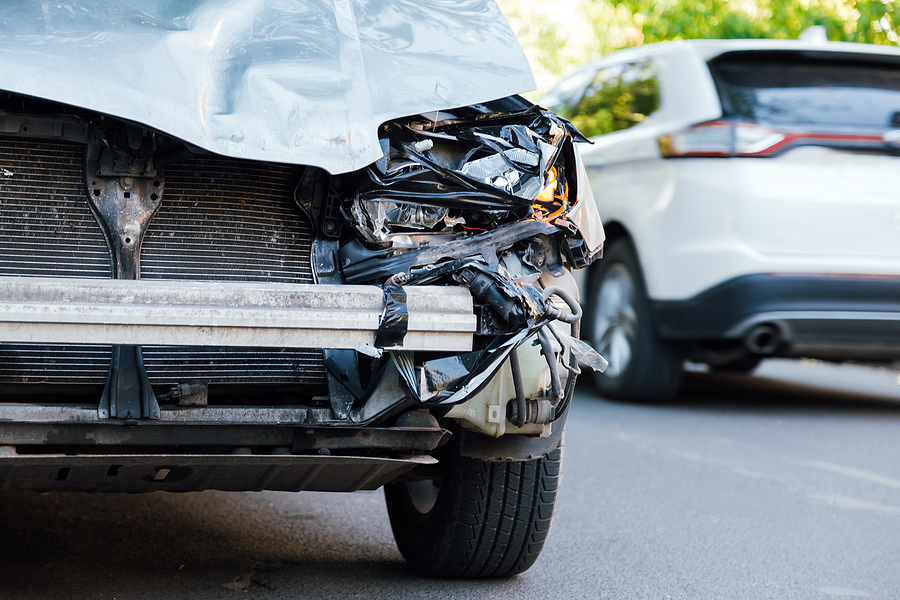Winter weather can lead to extremely dangerous road conditions. Thick blankets of snow can interfere with your ability to drive. Intense snowfall can limit your visibility. And perhaps most importantly, ice on the road can make it much harder to control your vehicle or come to a complete stop quickly.
What steps can you take to stay safe when driving on ice?
The Dangers of Icy Conditions
Every year, millions of people suffer injuries or die due to collisions on icy roads. If you’re traveling too quickly, ice can make it harder to bring your vehicle to a stop in an emergency situation. If your car begins to slip on the ice, and you don’t know how to recover gracefully, you could spin out of control. And even if you’re exceptionally careful when driving on ice, you’re going to be surrounded by other drivers who may not be taking these conditions as seriously as you do.
No matter what, you need to take the threat of these conditions seriously.
How to Stay Safe When Driving on Ice
So how do you stay safe when driving on ice?
- Avoid icy conditions altogether. First, understand that driving is rarely an absolute necessity, so if you know that conditions are particularly icy, you’re better off not driving at all. Consider calling off work, staying where you are, and making alternative plans to avoid driving in these difficult conditions.
- Observe and remain wary of icy conditions. You won’t be able to avoid icy conditions unless you know ice is a serious possibility. For that, you need to observe and remain wary of ice on the roads. Pay close attention to weather forecasts at all times, so you know what type of weather do you expect when you start driving. If you know that there’s harsh winter weather in store for you, take some extra precautions.
- Slow down. Consider decreasing your speed to stay safe. This will help you in several ways simultaneously. For starters, decreasing your speed gives you more time to react to your surroundings; if a driver in front of you slams on the brakes, you’ll have more time to come to a complete stop if you’re driving slower than usual. Second, traveling at a slower speed allows you to stop faster, across less distance. Third, a slower speed means less force of impact if you are involved in a collision, reducing your risk of injury or death.
- Increase following distance. In icy weather, increase your following distance by 1-2 seconds. As a general rule, your baseline following distance should be 3 seconds or more; when you notice a car in front of you pass a nearby landmark, you should pass that same landmark only after 3 seconds have elapsed. In icy conditions, increase that to 4 or 5 seconds. This will give you more time to react to drivers and aberrant conditions around you.
- Turn into slides. If you notice your car start to slide, turn into the slide. This is counterintuitive to some people, but it’s one of the best ways to regain control. If you turn against the slide, you may end up making things worse. You can practice this in an empty parking lot to get a better feel for how it works.
- Buckle up. Seatbelts are shown to reduce the risk of death by 45 percent and reduce the risk of injury by 50 percent – and there’s practically no downside to wearing one, other than a bit of discomfort for some people. You should always wear a seatbelt while driving. Additionally, make sure all your passengers are buckled up; if any passengers are unbuckled, they could become human projectiles in an accident.
- Brake carefully. When braking in icy weather, exercise caution. If you slam on the brakes too hard, you could lock up the tires and lose control of the vehicle. It’s often better to feather the brakes lightly. If you have an anti-lock braking system in your vehicle, you’ll have some extra help ensuring your wheels don’t lock.
- Watch other drivers carefully. You may be taking extra precautions on the road, but there’s no guarantee that other drivers are following suit. Watch other drivers carefully and be ready to take evasive action when necessary.
- Know what to do if you’re in an accident. Finally, know what to do if you’re in an accident. Pull to the side of the road, prioritize your safety, and get to an urgent care facility or hospital as soon as possible to treat your injuries.
Remember, the safest approach to icy conditions is to avoid them. But if you must drive on icy roads, these strategies can help you minimize the risk of an accident and maximize your chances of survival should an accident occur.
Image Source: BigStockPhoto.com (Licensed)
Related Categories: Cars & Vehicles, Reviews








